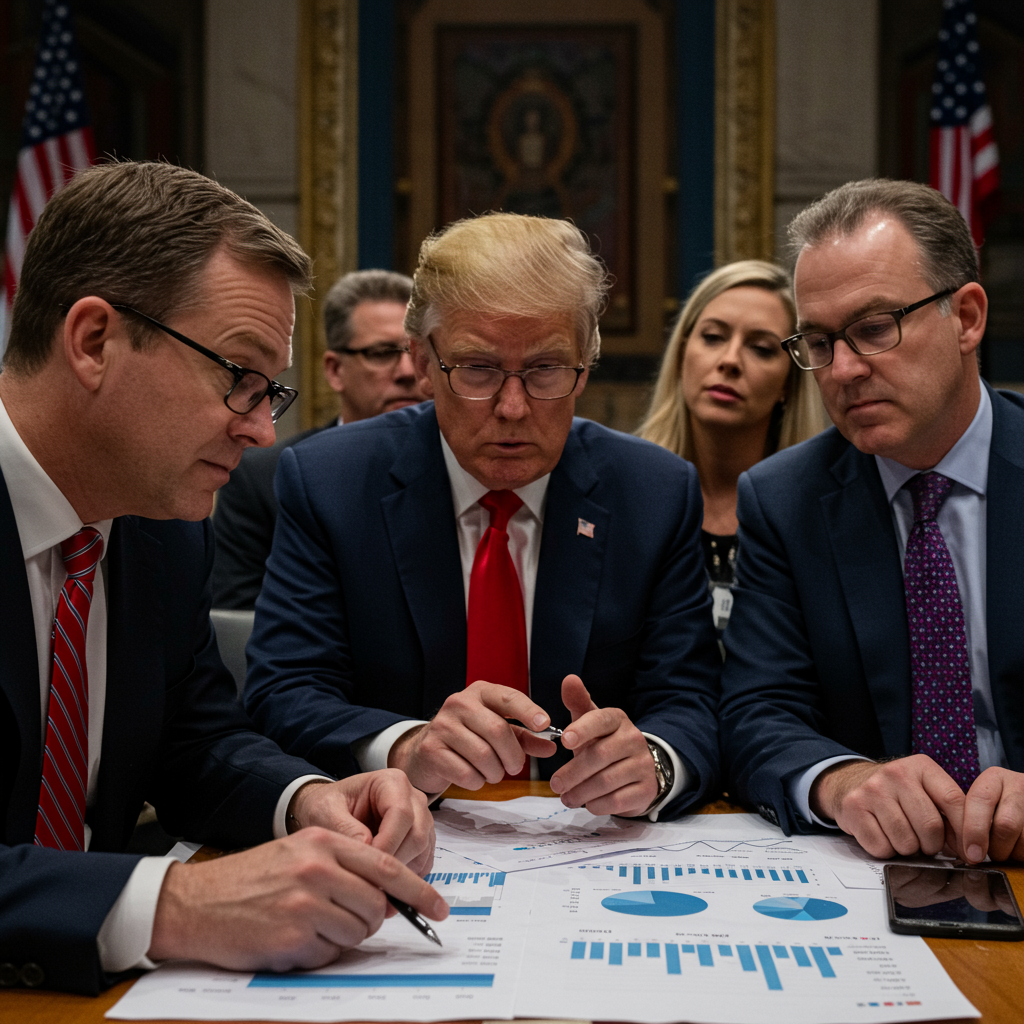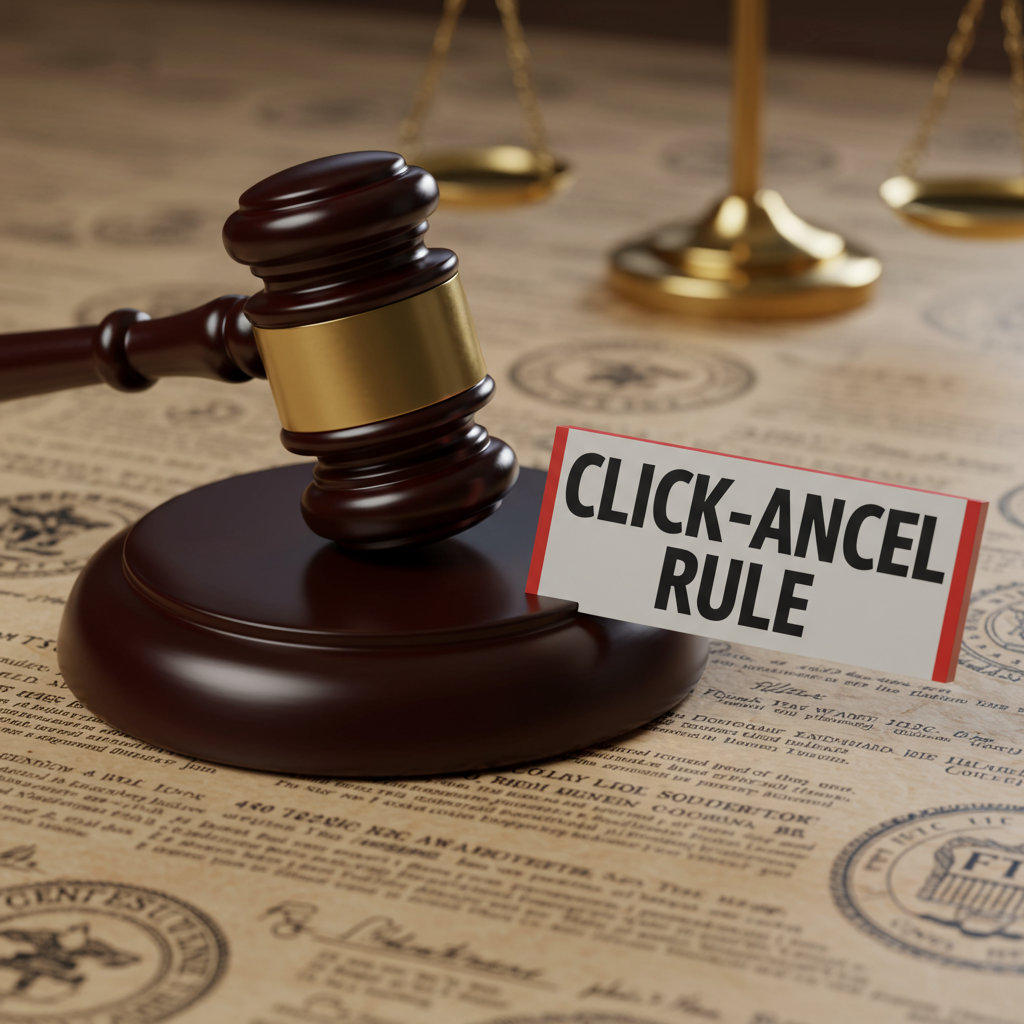Americans Feeling More Optimistic: Consumer Sentiment Sees First Rise in Six Months
In a positive sign for the U.S. economy, consumer sentiment recorded its first increase in half a year this June. This notable shift suggests that Americans are beginning to feel better about the economic outlook, largely driven by inflation remaining relatively under control and a temporary de-escalation in trade tensions between the Trump administration and China.
The closely watched University of Michigan consumer sentiment index released this Friday showed a significant jump. The preliminary reading surged 16%, climbing from 52.2 in May to 60.5 in June. This substantial rise comes after a period of steady declines, which had pushed the index last month to its second-lowest point in the survey’s nearly 75-year history. Despite the recent improvement, sentiment still remains down 20% compared to December 2024 levels.
Why the Improvement? Inflation and Trade Relief
Several factors appear to be contributing to this brighter view. A key element is the continued moderation of inflation. While U.S. tariffs remain elevated compared to historical norms, they have not yet caused a significant overall surge in consumer prices. In May, prices increased by just 2.4% compared to the previous year, a slight uptick from 2.3% in April. However, some economists still anticipate that the impact of tariffs on prices could become more pronounced in the coming months.
Adding to the positive sentiment is the temporary truce reached in the trade dispute between the U.S. and China. American views on the economy had reportedly darkened considerably following President Donald Trump’s implementation of broad trade conflicts, imposing tariffs on various nations including China and the European Union. The recent improvement coincides with the administration postponing a set of sweeping tariffs in April and securing a temporary agreement with China in May after both sides had significantly raised duties.
Joanne Hsu, director of the University of Michigan survey, commented on the shift, noting that “Consumers appear to have settled somewhat from the shock of the extremely high tariffs announced in April and the policy volatility seen in the weeks that followed.” However, she also cautioned that consumers still perceive “wide-ranging downside risks to the economy,” indicating that optimism is not yet fully cemented.
Supporting the University of Michigan data, The Conference Board’s consumer confidence index also showed an increase in late May, following five consecutive declines that analysts linked to anxiety over tariffs and trade uncertainty.
Beyond the Numbers: Political Views and Inflation Expectations
While economic sentiment often divides sharply along political lines — with Republicans typically feeling more positive under a Republican administration like Trump’s, and Democrats more optimistic under a Democratic one like Biden’s — the June improvement was observed across supporters of both major parties and independents. This broad-based rise suggests a more general response to economic conditions rather than purely partisan views.
Another positive development noted in the survey is the drop in consumers’ inflation expectations this month. This measure reflects how worried people are about future price increases and is closely watched by policymakers. Lower inflation expectations are welcomed by the Federal Reserve, as high expectations can potentially become self-fulfilling, driving behaviors like demanding higher wages that can further fuel inflation. The Federal Reserve is expected to meet next week and is currently anticipated to keep its key short-term interest rate unchanged at approximately 4.3%.
The June increase in consumer sentiment, while not erasing the steep declines seen previously, marks a significant step forward and provides the latest indication that Americans are starting to feel more comfortable with the current economic environment.



